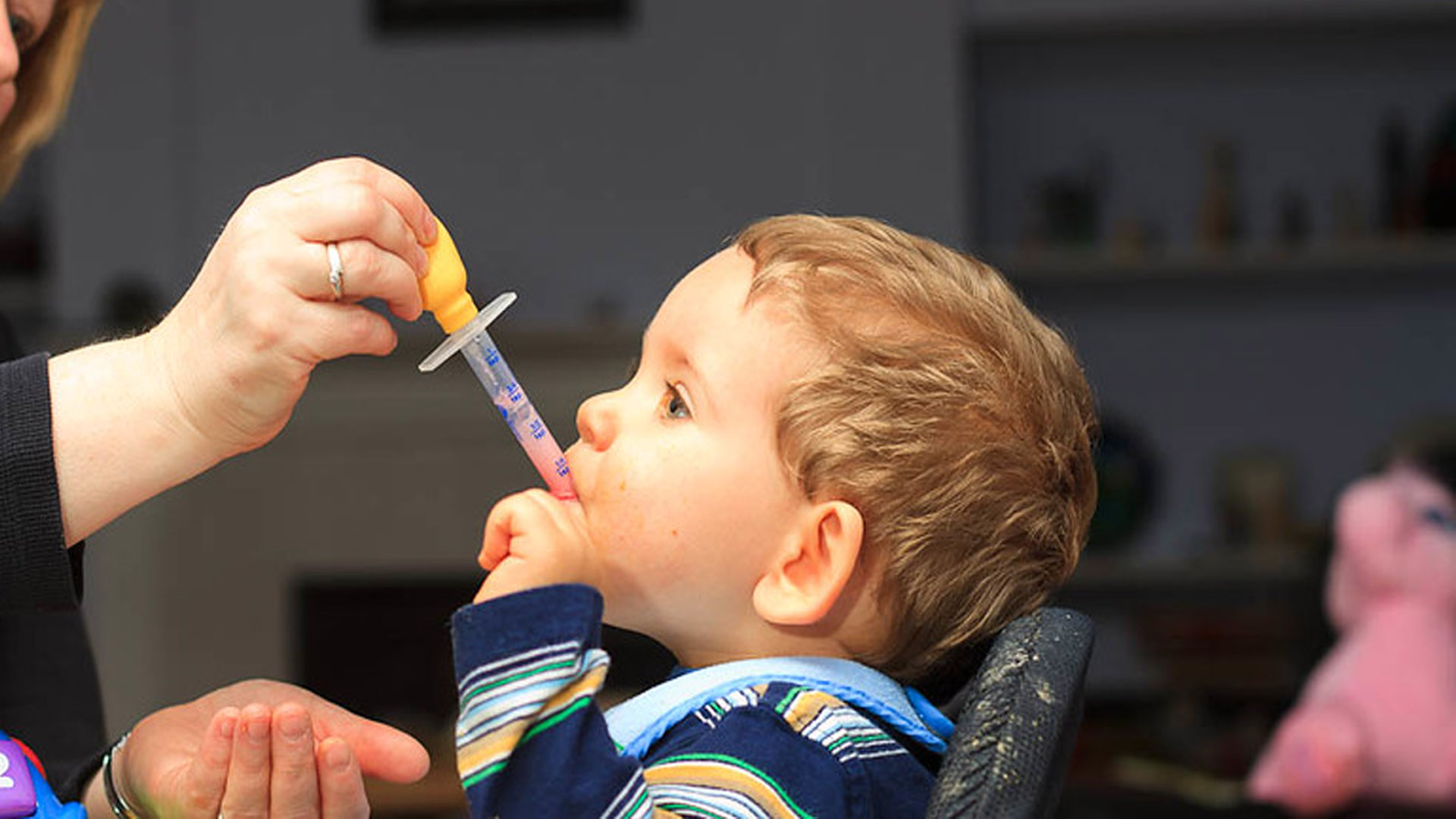
More than three million children around the world are thought to have died in 2022 due to antibiotic-resistant infections, with children in Africa and Southeast Asia most at risk.
Antimicrobial resistance (AMR) develops when the microbes that cause infectious diseases mutate and develop resistance to the antibiotics used to treat them, meaning standard treatments with these antibiotics are no longer effective. AMR has been identified as a significant and rising threat to public health worldwide, and results from this study highlight the need for surveillance and global strategies to combat the rise in AMR, and in particular the effect it is having on children’s health.
The report’s authors, Doctor Yanhong Jessika Hu of Murdoch Children’s Research Institute in Australia and Professor Herb Harwell of the Clinton Health Access Initiative, took data from multiple sources, including the World Health Organization (WHO) and the World Bank, and calculated that more than three million child deaths in 2022 were linked to drug-resistant infections. In the report, the scientific group ESCMID said more than 752,000 children in Southeast Asia and 659,000 in Africa died due to complications linked to the infections, with over 1.5 million deaths recorded in other regions of the world.
Another significant finding is that the number of deaths related to AMR in children has risen significantly in recent years: Experts say this new study highlights a more than tenfold increase in AMR-related infections in children in just three years. Several factors could have contributed to this rise, such as the impact of the Covid pandemic, but overuse of antibiotics is thought to be a major contributing factor.
Antibiotics are a class of medicine that are used to treat bacterial infections, and work by either killing the bacteria or preventing them from multiplying—they do not act against viruses. Antibiotics may also be given to prevent infections, such as before surgery or chemotherapy for cancer. However, overuse of antibiotics and misuse, along with poor hygiene control, has led to a rise in AMR.
AMR develops over time when some bacteria mutate and develop resistance to the antibiotics used to treat them. This means that when antibiotics are used, some bacteria will be killed, but the AMR bacteria can remain and then multiply—since they now have more space and resources as competition from other bacteria has been reduced. Several factors can contribute to AMR: using antibiotics when they are not needed, that is, for viral infections or milder illnesses that do not require antibiotics, people not finishing their course of prescribed antibiotics (therefore not killing off any more resistant bacteria), poor hygiene in the community and in hospital settings allowing the bacteria to spread, and also overuse in the farming industry.
The report’s lead authors, Doctor Yanhong Jessika Hu and Professor Herb Harwell, also highlighted the significant growth in the use of antibiotics that are meant to be held back for the most serious infections. So-called ‘watch antibiotics’ are broad-spectrum antibiotics that have a higher potential to contribute to antimicrobial resistance. They are recommended for use in specific, limited cases and require monitoring to prevent overuse. The study found that the use of ‘watch antibiotics’ had increased in Southeast Asia by 160% and 126% in Africa between 2019-2021. During the same period, another group of antibiotics referred to as ‘reserve antibiotics,’ which are considered the last resort for severe multi drug-resistant infections, rose by 45% in Southeast Asia and 125% in Africa.
The concern is that if these last-resort antibiotics are overused, it could lead to infections that are hard to treat, leaving healthcare workers with few options to treat these infections in the future. Both antibiotics are not intended for first-line treatment, but their use has increased exponentially in Asia and Africa. Of the estimated three million child deaths in 2022, two million have been associated with the use of watch and reserve antibiotics.
The authors warn that if bacteria develop resistance to these antibiotics, there will be few, if any, alternatives for treating multidrug-resistant infections in the future. There is already evidence that bacteria have evolved resistance to some antibiotic drugs, due to their overuse. The WHO has recognised AMR as one of the most serious global health issues we face.
There are several strategies to help combat the rise in AMR, starting with awareness of how antibiotics are used and prescribed, and surveillance of antibiotic resistance. In addition, implementing strategies to reduce the risk of infectious diseases in the first place, such as vaccination programmes, improving hospital hygiene, and improving sanitation in communities, such as access to clean water.
Rachel Kayani, Science Tutor and Writer